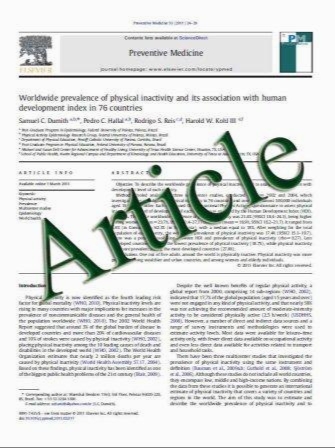NaOH-Induced Crohn’s Colitis in Rats: A Novel Experimental Model
- نوع فایل : کتاب
- زبان : انگلیسی
- مؤلف : Erdem Koc¸ak Seyfettin Ko¨klu¨ Erdem Akbal Adnan Tas¸ Go¨khan Karaca Mu¨zeyyen Hesna Astarc Berrak Gu¨ven Murat Can
- چاپ و سال / کشور: 2011
Description
Aim Several models of experimental ulcerative colitis have been previously reported. To date, only one model of Crohn’s colitis that was induced by trinitrobenzene sulfonic acid has been described. Materials and Methods Twenty-one male albino rats were divided into three groups: group I: sham control group (n = 7), group II: acetic acid group (n = 7), group III: NaOH group (n = 7). On the day of induction, all rats were lightly anesthetized with intramuscular ketamine (8 mg/kg). A 6F plastic catheter was inserted rectally until the tip was 5 cm proximal to the anus. Then, 2 ml of 0.9% saline, 2 ml of 4% acetic acid, and 2 ml of 6.25% NaOH was administered to groups I, II, and III, respectively. All rats were sacrificed 5 days after colitis induction. The distal colon segment was assessed macroscopically and microscopically. In addition, malondialdehyde (MDA) and nitric oxide (NO) levels of the colonic tissue and changes in body weight were measured. Results Macroscopic and microscopic examinations of colonic tissue samples showed morphological similarities to human Crohn’s disease (CD). The MDA and NO levels of the colonic tissues were significantly higher in the NaOH group compared to the acetic acid and sham control groups (P = 0.001). Conclusion NaOH may be used to induce Crohn’s colitis as an experimental model.
Dig Dis Sci DOI 10.1007/s10620-011-1697-8 Received: 27 December 2010 / Accepted: 25 March 2011


